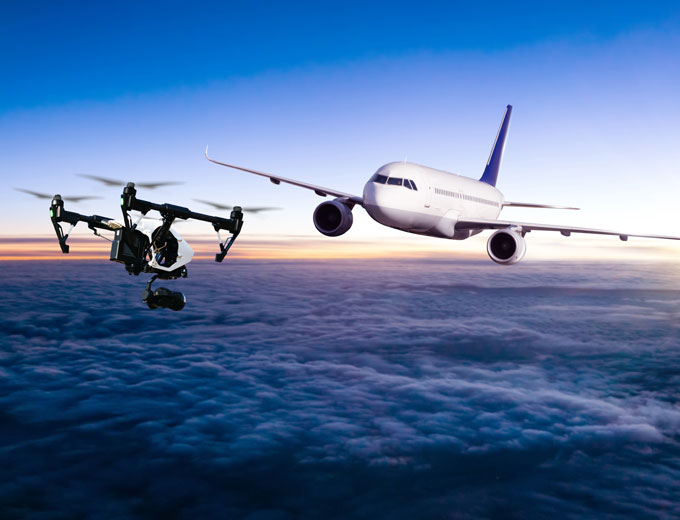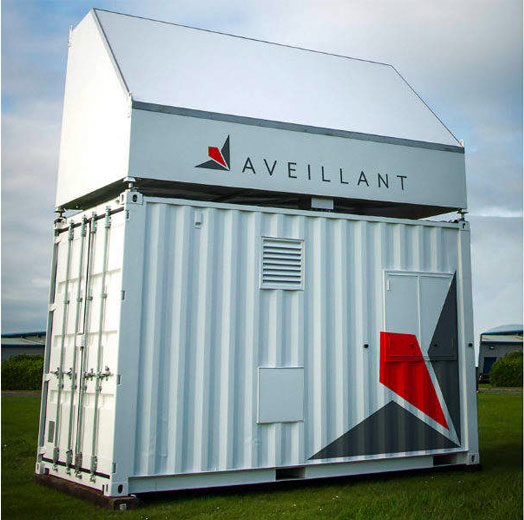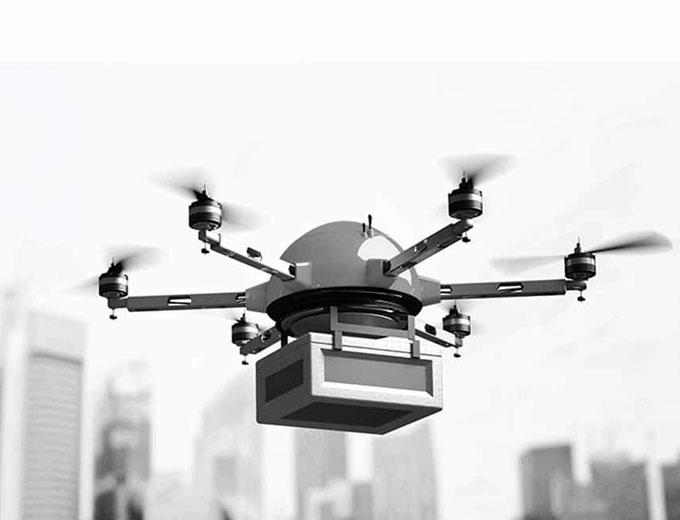
Illegal drone flights are a growing problem for airports, critical infrastructure facilities and secure locations around the world.
To improve security against these threats London Heathrow Airport recently deployed a holographic radar system developed by Aveillant, a UK company acquired by Thales SA in 2017, aimed at preventing drones from entering its airspace and interrupting operations.
Introducing this new drone detection technology follows several reports of drones at airports around London, including Heathrow Airport and Gatwick Airport.
In December 2018, Gatwick airport was closed for more than 24 hours around the busy holiday travel season when there were multiple drone sightings near the runway.
This one-of-a-kind Counter Drone system works by detecting and tracking drones in surrounding airspace and alerting airports of unauthorized drone use quickly and efficiently.
This new and innovative system also works to locate the drone pilots themselves and can be utilized to identify their location.
(For years, air surveillance has had to rely on spinning radars that can only follow their target once every revolution between 4 to 10 seconds, leaving aircraft undetected during that intervening window. By contrast, Holographic Radar surveys the air space constantly, never losing sight of its targets or their true position. This provides truly situational awareness surveillance. Courtesy of Altran and YouTube.)
This technology has been specifically designed for Heathrow Airport by Operational Solutions Ltd and comprises of a variety of leading counter drone technologies, including systems from Aveillant.
This is the same detection system that is already in use at Paris’ Charles de Gaulle (CDG) Airport.
Radar technology has been with us for over seventy years, yet many of the fundamental elements of radar design have changed little over that time.
The vast majority of radars are based on mechanical scanning – a rotating antenna which sends out a pulse of radio waves, receives the echo and so can calculate the range and direction of a target, which results in the classic “blip” on a radar screen every few seconds.

Aveillant’s Holographic Radar system differs fundamentally from both traditional mechanically scanned radars and from more advanced electronically scanned systems, as Holographic Radar floodlights a volume of interest on transmit, and forms multiple simultaneous receive beams that fill the illuminated volume.
Holographic Radar also requires only a very narrow bandwidth, making it very spectrum efficient compared to traditional radars.
By dwelling on targets continuously and for long periods, not only is detection performance against multiple targets excellent but a rich data set containing target specific information enables high discrimination performance.
The information that can be extracted from the radar relating to individual targets is exceptionally detailed, and using advanced signal processing techniques it lends itself to very high levels of target discrimination and low false alarm rates.
In addition to target location and track, very fine Doppler resolution allows target movement to be measured.
Holographic radar essentially digitizes the entire volume of airspace it sees, a fundamental advance on any form of scanning radar.

The fast and accurate detection of rogue drones will help to keep Heathrow’s passengers and colleagues safe and will support the airport, law enforcement and air traffic controllers as they work to protect Heathrow’s airspace.
This new kit will enhance detection capabilities and minimize delays, helping passengers to get to their destinations on time.
The technology will also help the airport to meet its sustainability objectives, by reducing fuel wastage and additional flight stacking caused by unauthorized drones use.
This news follows the introduction of legislation prohibiting unauthorized drones from being flown within the Flight Restriction Zone (FRZ) which extends out to 5km of any airport boundary, which was introduced in March 2019.
Pilots who break the law and fly drones without permission within a FRZ in the UK can face a prison sentence of up to five years.
(Learn More about Aveillant’s Holographic Radar system. Courtesy of BBC, Aveillant Ltd and YouTube.)

















